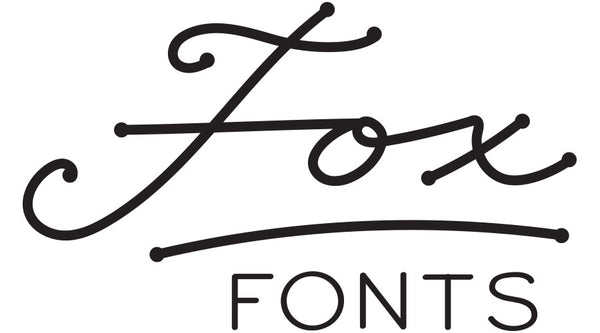Recently, a friend asked how to create a custom chalkboard-look print for framing. She wanted to make a “where we’ve lived” keepsake that has the hand-made look of chalk art without the mess. Here’s an easy way to achieve the effect if you know a little about Photoshop but are intimidated by lettering.
Create a new document in Photoshop. Mine is 1200x1200 pixels. Fill the document with dark grey. I used #1e2228 (R: 30, G: 24, B: 40). This becomes your background layer.

TMI: Keep in mind that your document should be sized appropriately for your final output. If you are making an image for the web or email, use pixel measurements and a resolution of 72. For a printed document, use inches (or centimeters) and a resolution of 300. RGB color mode is fine while you work, but printed documents may require changing the mode to CMYK as a last step. Ask your production facility or printer for details.
Copy and paste an image you want to trace, which creates a new layer. For best results, use a gif or png file with a transparent background. Resize the image as desired.

Create a new layer. This becomes your chalk outline layer. Pick a "chalk"-like brush. Mine is "Pastel on Charcoal Paper." The default size is 63, but mine is 15. Trace the image.

Hide the layer with the image you traced, and repeat steps 3 and 4 for any other shapes. You also can do this with text by typing a word, choosing a typeface, and tracing it on a layer above.




Add some freehand embellishments and hand-lettering.

For a more realistic look, "erase" some chalk: With the eraser tool selected, specify the "Dry Brush Tip Light Flow" brush and set the size to 60. Make sure the opacity is 100%. Sparingly delete areas to mimic an erased chalkboard.

Save and enjoy. To create a file to use on the web, go to File > Save for Web. Specify the desired size and format, then click Save. This generates a flat file (with no layers), ideal for web use. To create something adequate for printing or other production, flatten the file and Save As... a tif, jpg, or png. For more details of web versus print output, see "Understanding DPI, Resolution and Print v. Web Images” at Vsellis.
